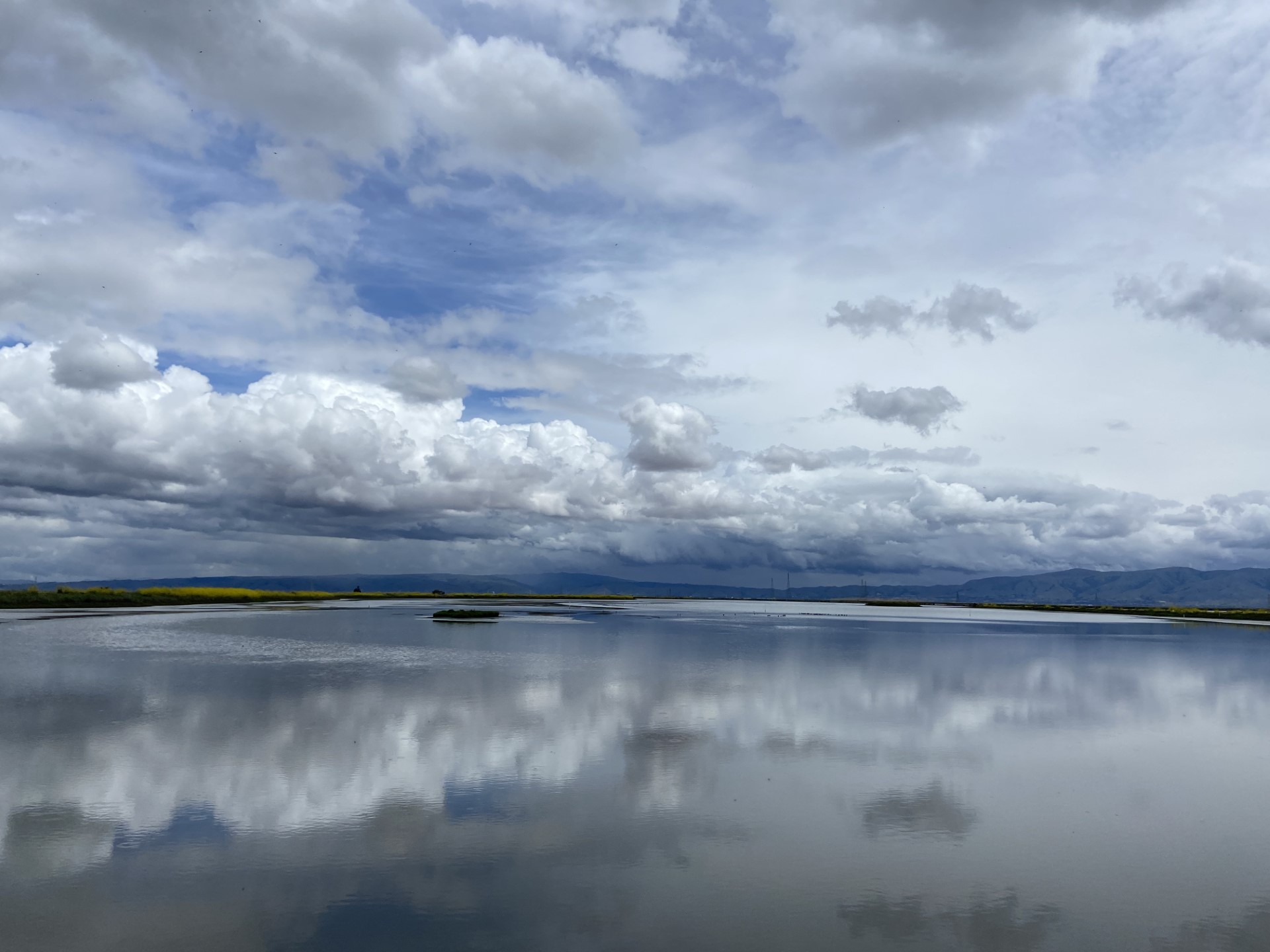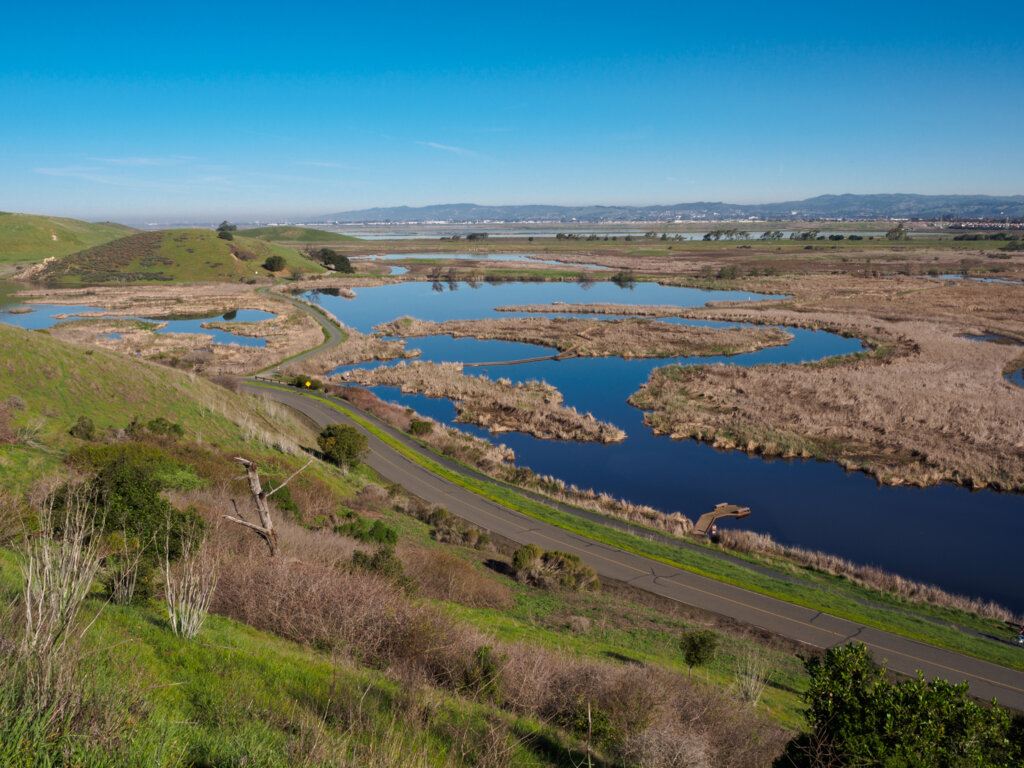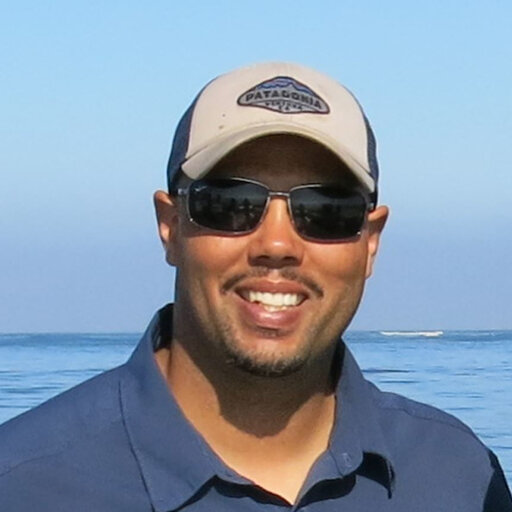Science Spotlight: Preparing to Monitor Fish and Fish Habitat
A brief history of fish in the San Francisco Estuary
The San Francisco Estuary is home to many different species of fish, which are vital parts of the region’s ecology, cultural resources, recreation, and fisheries. Yet several of the region’s fish species are threatened or endangered. There have been dramatic declines of native fish species that were abundant in pre-colonial times in the San Francisco Estuary, including in four unique runs of Chinook salmon. These declines are partly caused by the loss of more than 90% of the original extent of the San Francisco Bay’s tidal marsh habitat. The WRMP will monitor fish and fish habitat in San Francisco Bay to better understand how wetland restoration can support thriving fish populations and inform adaptive management.
Credit: Taylor Pantiga
Building a collaborative process for standardized data collection
Standardized data collection about fish and fish habitat across the San Francisco Estuary is essential for understanding how wetlands provide nursery habitat, protection from predators, and food for fish at a landscape scale, yet existing data about fish and fish habitat in the Bay is fragmented and difficult to analyze regionally. To address this, the WRMP convened a Fish and Fish Habitat workgroup, led by Alison Weber-Stover (National Marine Fisheries Service) and Levi Lewis (UC Davis), along with 18 other multi-disciplinary fisheries scientists from government agencies, academic institutions, and consulting groups to collaboratively develop guidelines and protocols for measuring the effects of restoration projects on fish in the Bay. The workgroup also incorporated ideas and feedback from diverse stakeholders around the Estuary, including scientists, restoration project implementers, and regulators.
“Including ideas from many experts from a broad range of fields and perspectives provided for more informed, stable, and effective decision-making,” Weber-Stover and Lewis said. Such a collaborative process can also facilitate broader buy-in, with many groups invested in following similar sampling methods to maximize the value of future monitoring efforts. Over nearly 2 years, the Fish and Fish Habitat workgroup reviewed different techniques for monitoring fish and fish habitats, developed a structured framework for evaluating different monitoring options, and built consensus around decision-making to develop a shared monitoring protocol. Given that many of the scientists, regulators, and consultants concerned with fish and fish habitat in the Bay had not previously worked together, this was a huge task, and one that workgroup leads Weber-Stover and Lewis hope will have lasting impacts on the ways agencies and restoration practitioners work together.
What made the collaborative process for developing standardized data collection protocols effective?
Weber-Stover (left) and Lewis (right) explain:
“The decision-making process was based on a structured framework, where goals, objectives, alternatives, and justifications for decisions were clearly documented. This facilitated a relatively transparent process, where recommendations and justifications are clearly provided, and revisions can be readily made and documented to address and incorporate new ideas. The success of such a process leans heavily on a broad commitment to respectful discussion of disparate ideas, allocating sufficient time to explore differing opinions, and reconciling diverse ideas and viewpoints.”.
The resulting document is a truly collaborative accomplishment.
“These monitoring guidelines build upon extensive previous work to provide a strong foundation for standardized monitoring of fishes in wetland habitats throughout the San Francisco Estuary,” Weber-Stover and Lewis said.
Read the full report here!




